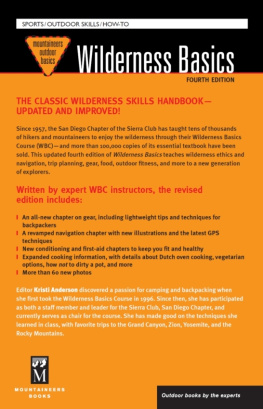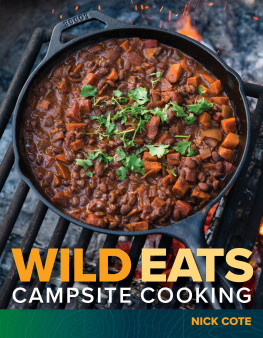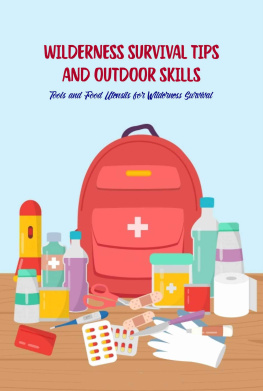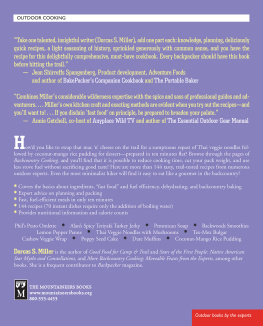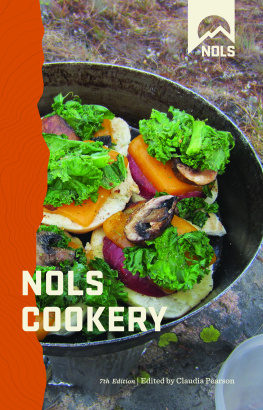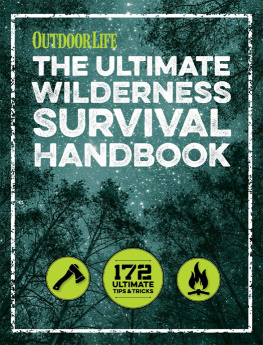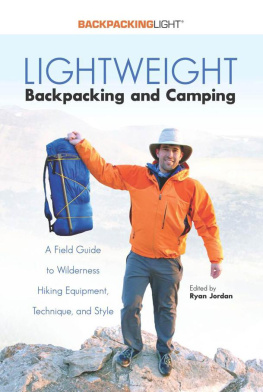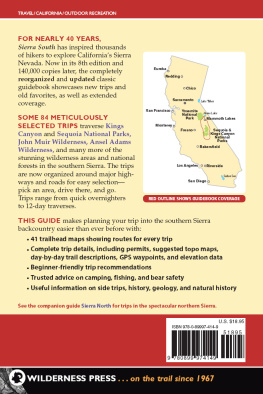Thank you for downloading this Simon & Schuster ebook.
Get a FREE ebook when you join our mailing list. Plus, get updates on new releases, deals, recommended reads, and more from Simon & Schuster. Click below to sign up and see terms and conditions.
CLICK HERE TO SIGN UP
Already a subscriber? Provide your email again so we can register this ebook and send you more of what you like to read. You will continue to receive exclusive offers in your inbox.
We hope you enjoyed reading this Simon & Schuster ebook.
Get a FREE ebook when you join our mailing list. Plus, get updates on new releases, deals, recommended reads, and more from Simon & Schuster. Click below to sign up and see terms and conditions.
CLICK HERE TO SIGN UP
Already a subscriber? Provide your email again so we can register this ebook and send you more of what you like to read. You will continue to receive exclusive offers in your inbox.

TOUCHSTONE
Rockefeller Center
1230 Avenue of the Americas
New York, NY 10020
www.SimonandSchuster.com
Copyright 1999 by The National Outdoor Leadership School
All rights reserved,
including the right of reproduction
in whole or in part in any form.
TOUCHSTONE and colophon are registered trademarks of Simon & Schuster Inc.
Designed by Chris Welch
Illustrations by Rick Ruhman
Cover design by David Tran
Cover photograph by Tom Bol
Library of Congress Cataloging-in-Publication Data Harvey, Mark
The National Outdoor Leadership Schools wilderness guide : the classic handbook / Mark Harvey. Rev. and updated, p. cm.
Rev. ed. of: The National Outdoor Leadership Schools wilderness guide / Peter Simer. 1983
A Touchstone book.
Includes bibliographical references and index.
1. Backpacking. 2. Camping. 3. Wilderness survival. 4. National Outdoor Leadership School (U.S.) I. Simer, Peter, 1947 National Outdoor Leadership Schools wilderness guide. II. Title. III. Title: Wilderness guide.
GV199.6.S56 1999
796.51028dc21
99-21875
CIP
ISBN-13: 978-0-684-85909-5
ISBN-10: 0-684-85909-2
ISBN-13: 978-1-5011-9659-1 (eBook)
This book is dedicated with admiration and affection to the men and women at NOLS who give so generously of themselves in teaching students to love and care for the wilds.
And it is dedicated with gratitude to the two people who gave me countless opportunities and kept me on the straight and narrow, Connie Harvey and the memory of Harold K. Harvey.
Contents
List of Figures
Acknowledgments
This book attempts to capture the outdoor philosophy and techniques of the National Outdoor Leadership School and therefore credit should go to the many staff members and instructors (beginning with founder Paul Petzoldt) who have made the school what it is today
Many people helped to produce this book. My thanks for the invaluable assistance, ideas, and encouragement from the NOLS review committee: Jim Ferguson, John Gookin, Lannie Hamilton, Phil Powers, Tom Reed, and Liz Alva Rosa.
Molly Doran, Tod Shimelpfenig, Kevin McGowan, Drew Leemon, and Rich Brame offered excellent suggestions in their areas of expertise.
Four readers outside NOLS helped me very much with the manuscript: Joan McCarter, Ann Harvey, Connie Harvey, and John Katzenberger.
Thanks to my agent, Michael Congdon, for his help in all aspects of the production of this book. Thanks to Molly Hampton, NOLS director of personnel, for her help in launching this project in the early stages.
I am grateful to the executive director of NOLS, John Gans, and the NOLS board of trustees for their support of the project.
At Simon & Schuster, I would like to thank Sarah Baker, Betsy Radin-Herman, Bette Alexander, and Matt Walker for their skillful editing and management of the production process.
Thank you John Roskelley, Pamela Eaton, Jeff Foott, Molly Doran, Buck Tilton, and Sam Talucci for taking the time to be interviewed.
To Rick Ruhman, my appreciation for your hard work on the illustrations.
Finally, I am very grateful to Molly Absolon for her tremendous skills and constant support in all stages of the production of this bookthanks, Molly!
Foreword
Have you ever wondered what it would be like to live self-sufficiently on the snow and ice of Alaskas big peaks? Or paddle a sea kayak into the limitless expanse of the Patagonian coast? Maybe youre dying to learn how to climb sheer granite walls in the wilds of Wyoming or probe hidden grottoes in Utahs slickrock country. NOLS can help you thrive in these places. NOLS will teach you how to flourish in the wilderness without impacting it, how to lead your peers with competence. From moving with the tides of Baja in a kayak to living comfortably above timberline in the Rockies, NOLS enables such dreams to become self-sustaining realities.
One cant tell the story of the National Outdoor Leadership School without mentioning its founder, Paul Petzoldt. In 1965, Petzoldt, who had made a name for himself climbing mountains, training World War II troops, and teaching outdoor skills, tackled his most ambitious project in a lifetime full of lofty accomplishments. In that year, Petzoldt founded the National Outdoor Leadership School in Lander, a small west-central Wyoming town that few people outside the state had ever heard of. But Lander was (and is) the perfect location for a school designed to teach leadership and wilderness skills. Outside the front door of Petzoldts school lay the fabulous Wind River Range, a spine of granite and ice and wilderness stretching more than 100 miles across the state. The Winds were a perfect classroom for Petzoldt, and his ambitious project soon became a reality. Students came to Lander to learn such things as how to camp without leaving a trace, how to rock climb, how to stay warm and dry in the wilderness, what to do in case of an emergency, and how to lead. They learned a lot more too, much of which wasnt even in the curriculum. They learned how to communicate with one another, how to roll with the punches on a hard day, and how to back off when they were in over their heads.
Today, the National Outdoor Leadership School is the leader in wilderness education. Since Petzoldts modest start in 1965, the school has expanded and grown, reaching out to more than 50,000 people worldwide. New classrooms have been added around the globe, from Patagonia to Arizona, Alaska to Mexico, East Africa to Australia. People have turned to NOLS to learn many things, and theyve discovered a lot about themselves in the process. A NOLS course teaches students how to live and travel in the back-country with minimal impact on the environment. A typical course is a month long and filled with adventures, challenges, and interesting people. Leadership is an integral part of all courses. Skills taught in NOLS courses run the gamut from mountaineering, rock climbing, sea kayaking, horsepacking, backpacking, caving, telemark skiing, canoeing, sailing, whitewater rafting, kayaking, and canyoneering. Such skills are the hands-on, practical stuff that a student learns by doing, not by plotting out some theory in triangles and squares in a textbook. Thats what NOLS is all about, and in many ways, thats what this book is all about.
NOLS is still located in Lander, Wyoming, at the foot of the Winds, but the school has evolved a great deal from the early days. First and foremost, NOLS is a schoolwith a curriculum and educatorsthat offers college credit. The school has formed vital public and private partnerships such as the international Leave No Trace program, an effort to bring the minimum impact camping ethic to popular attention. NOLS has a research arm, a fundraising branch, an endowment, scholarships, a marketing department, class textbooks and publications. The NOLS Wilderness Guide was first published in 1983 by Peter Simer and John Sullivan. Simer, the former executive director for NOLS, and Sullivan graciously passed the baton to NOLS instructor and author Mark Harvey for this refurbished edition.
Next page



